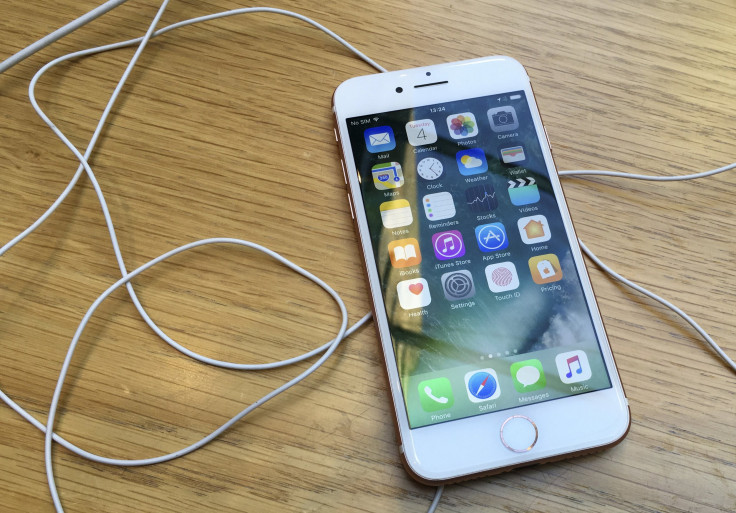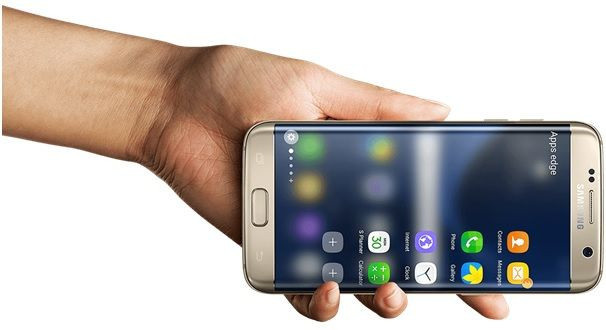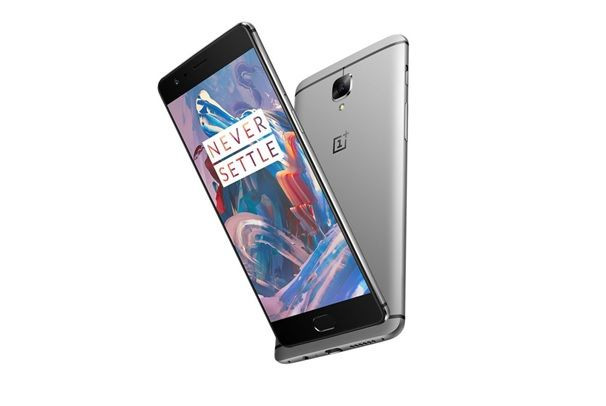Best smartphones for gaming

Games just keep getting better and better, meaning smartphone developers have to work hard just to keep up with demand. But what are the best smartphones available for gamers?
Any of the above will let users do everything they want and enjoy their favourite games. The graphic cards and powerful engines will all run the software needed to maximise playing time and, with a whole host of games to choose from, users are all set to play. Or, they can choose to raise the stakes and play mobile casino games, such as pokies, for real money. For those confident enough in their game, then real money games are a good choice of rewarding fun in the golden era of gaming.
iPhone 7
While the latest Apple phone was far from spectacular in its innovations this time around, the iPhone 7 is still a sound performer. Lifehacker notes that the device has been kitted out with Apple’s latest processor, the A10 Fusion, which is essentially a quad-core CPU with two low-power cores and which raises battery life considerably, by far the biggest complaint of any iPhone user.
What good is it if users can’t even finish their game before the whole thing shuts down? Well, Apple has addressed this finally by automatically using less energy on the easy and mundane tasks. Apple also claims that the device is 50 percent faster than the number 6, and to be fair, it does feel that way. It makes gaming feel like a breeze; no lagging, all fun. Even the graphics look sharper than last time around, thanks to its internal spruce.
The move from Apple to smarten up on the inside rather than put the device through an all-out over haul is to be welcomed, even it did lead to mixed reviews. The phone’s specs have improved, and Apple had added some new features, even if, like waterproofing, these have been available on Android for a while now. One slight thing to be aware of, however, is that the device gets extremely hot to the touch after long gaming sessions. And thanks to its smooth performance, users might not even realise how long they have been playing.
Samsung S7 Edge

The Samsung Galaxy S7 Edge is one of the most powerful and sharpest looking smartphones available today. Brilliantly utilising the latest Snapdragon 820 processor, this phone is basically faultless. One function now added to the Edge is a waterproofing ability, which, as with the iPhone, something users should have seen here already.
The phone itself is a firm future proof favourite and comes highly recommended. A look at its skillset or specs quickly tells users why. Running with Adreno 530 GPU, it can comfortably handle the most strenuous games available without lagging. The phone comes with a Samsung-only feature called the Game Launcher, which works as a hub that stores and categorises games’ library. Plus the S7 devices uses Vulkan API, which is what most smartphones will be utilising soon anyway and will likely be the future of mobile gaming. This newbie from Samsung sits atop the Android pricing structure but with good reason. For cheaper but still decent choices, read on. For the best around, buy the Samsung Galaxy S7 Edge.
Nexus S6
The outgoing Nexus may have just been eclipsed by the launch of incoming stable mates the Google Pixel and the Google Pixel XL, but such is its brilliance prior to Google fusing the two that it still comes highly recommended for gamers. The sheer quality of the specs really shouldn’t be available at this price, but it is. Long may it continue as the Pixel picks up the baton and continues to offer high quality smartphones at low prices. The Nexus deserves a second look as it was only launched at a little over a year ago. It boasts a 5.7-inch screen with a display resolution of 1,440 x 2,560 pixels, a Qualcomm Snapdragon 810 processor and 3 GB of RAM power, which means games will fly perfectly here, and for half the cost too.
OnePlus 3

The third edition OnePlus is another superb Android smartphone on the lighter end of the costing scale, as Gizmodo points out. While the previous two devices had promised much, they lacked in certain key areas, which OnePlus has acted on and solidified for their flagship product.
In all fairness, the OnePlus One that launched in 2014 was a very strong phone. It was the follow up that stuttered slightly, although even this feels more like consumers demanding too much too quickly for too little cost. There's no QHD resolution, but a hardcore Snapdragon 820 processor makes up for this minor gaming shortfall. There is no microSD slot, but again this has been offset in this case with 64GB of internal storage.
The screen has incorporated toughened Gorilla Glass and, with a super-fast-charging battery, the OnePlus 3 more than holds its own alongside the bigger names at well under half the price.




















